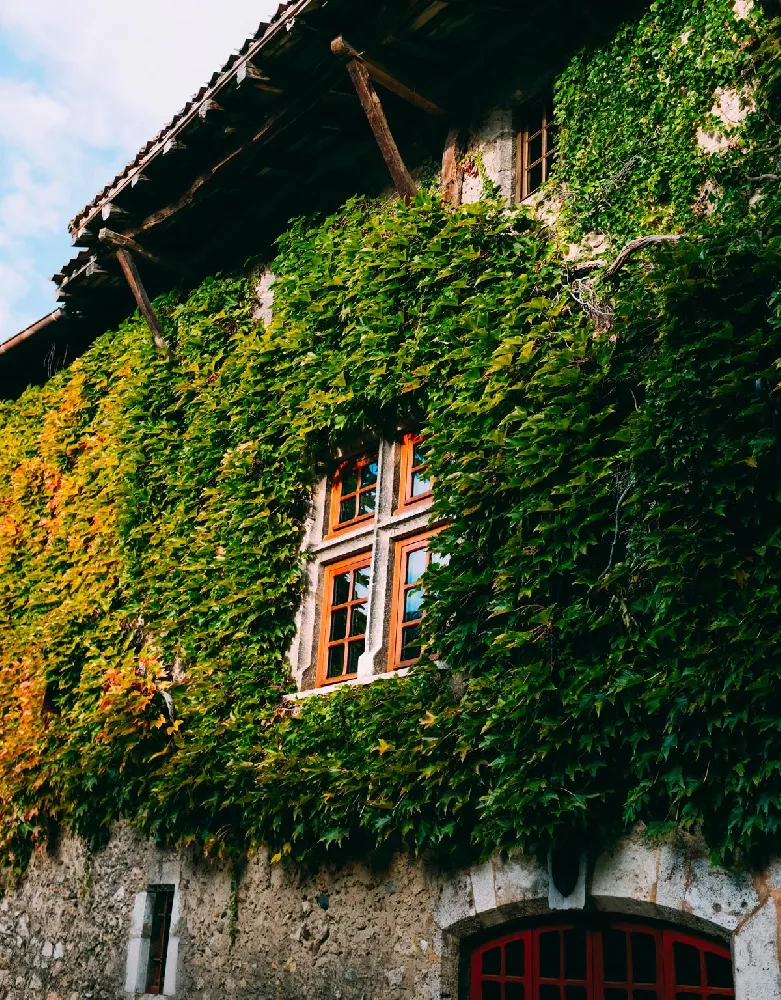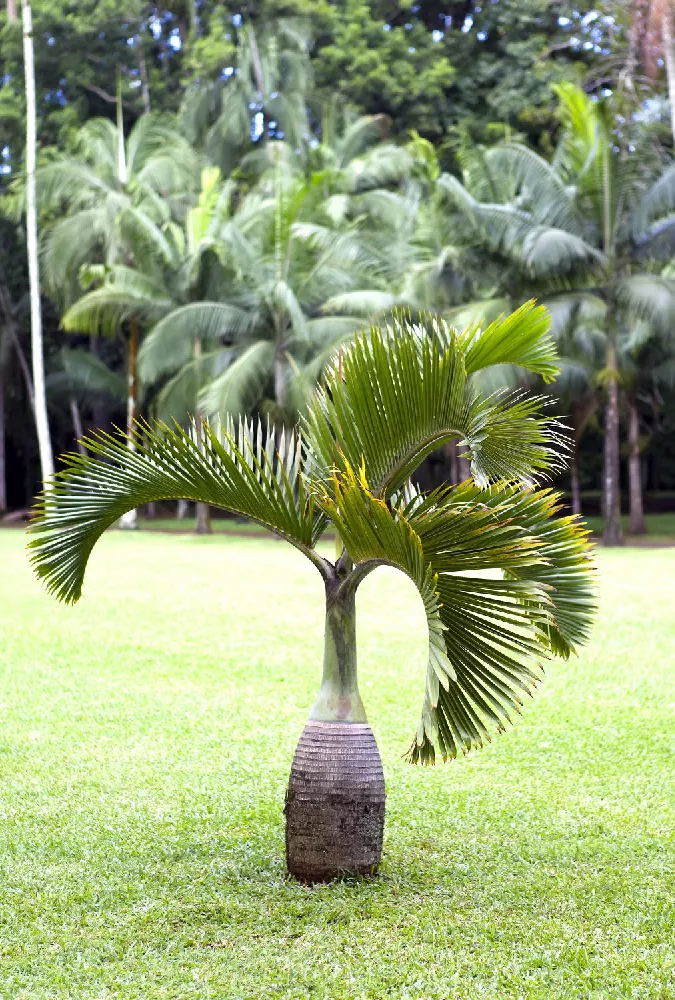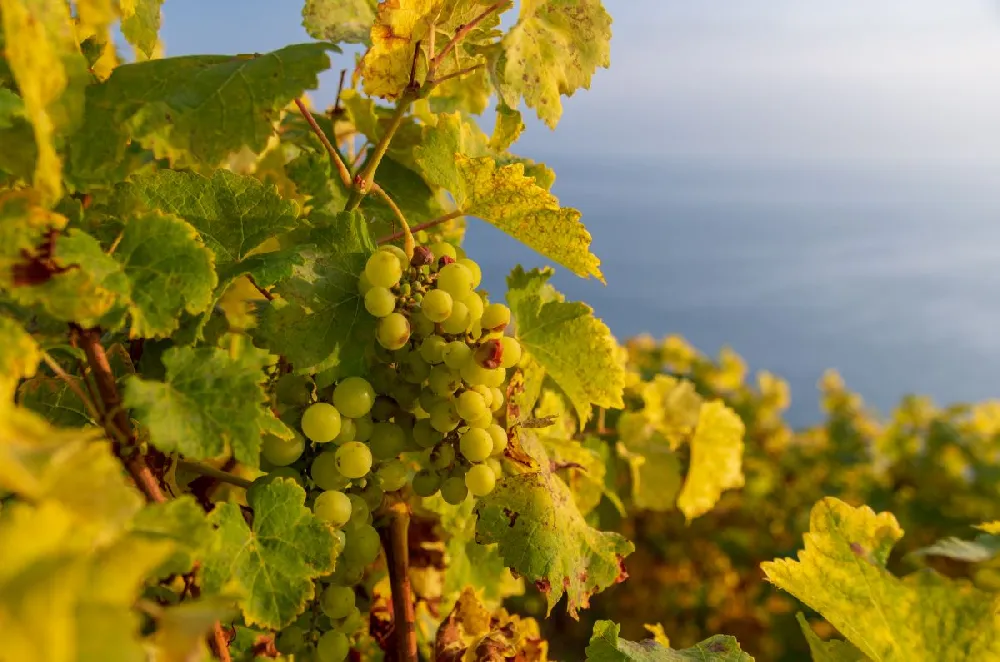Boston Ivy for Sale - Buying & Growing Guide
- Ships in 1-2 days
- 1-Year Warranty Eligible
- Pots or accessories are not included unless specified in the product options.
Shipping Details:
Once your order is shipped, you’ll receive an email with a tracking number and estimated delivery date. Most orders ship immediately, but some items are seasonal and may only ship in spring or fall. These products are noted on the website.
Among climbing vines, Boston ivy, otherwise known as Parthenocissus tricuspidata, is one of the most admirable varieties. This vine adapts to many different growing locations and will survive with a simple and easy-to-follow care routine. Boston ivy can climb vertical surfaces or spread horizontally as a dense and consistent ground cover. The foliage of this plant also adds ornamental appeal — each leaf has a distinct trident shape and a reddish bronze fall color.
- Boston ivy can grow as a climbing vine or as a deciduous ground cover.
- It has interesting three-pointed leaves that turn red in the fall.
- It offers vigorous growth and easy overall care.
Plant Care
Sunlight

Boston ivy grows in a wide range of sun exposure, including partial shade and full shade, but full sun is best.
Watering
Water weekly during the growing season.
Fertilizing

Fertilization needs are low. Phosphorus-rich fertilizers work the best.
Planting and Care
Planting instructions
Finding a growing location for Boston ivy is incredibly easy; these plants tend to exhibit vigorous growth regardless of sun exposure and in most types of soil. In fact, the main issue when choosing a growing location is ensuring that your Boston ivy won’t quickly overtake other plants in your yard. Give your Boston ivy plenty of space to expand, and consider giving it a structure to climb on as well. Otherwise, you can plant your Boston ivy in an open planting bed and allow it to become a groundcover plant.
Watering and nutrients
The best way to keep a Boston ivy plant healthy and thriving is to give it water about once per week during the spring, summer, and fall. You’ll also want to keep the soil moist as much as you can during this plant’s establishment period. The fertilization needs for a Boston ivy plant are much lower, and you may not need to feed yours at all in some cases. If you choose to fertilize your Boston ivy, use a phosphorus-rich fertilizer just once per year in the spring.
Pollination
A single Boston ivy plant will carry both male and female reproductive structures, which makes pollination a simple affair. These plants bloom in spring with small, green flowers that are visually unremarkable, adding little, if any, ornamental value. Instead, these blooms serve an entirely functional role, as they attract bees and other pollinator insects. After successful pollination occurs, you’ll see your Boston ivy growing small dark fruits that look quite like a miniature version of a grape.
Pruning
Pruning is not always necessary to preserve the health of a Boston ivy plant. However, significant pruning is needed if you wish to keep this plant’s size in check. Boston ivy can be an aggressive grower, and without proper pruning, it can quickly overtake your garden and outcompete some of your other favorite plants. Prune your Boston ivy in the fall or winter to control its size. When pruning, cut stems back to old wood and remove any part that appears diseased or damaged.
Pests, diseases, and animals
One major problem you may encounter when growing a Boston ivy plant is that there are many different types of insects that feed on this plant’s foliage. The eight-spotted forester moth and black weevil are two of the most common insects that feed on Boston ivy leaves. Leafhoppers, scale, and other harmful bugs can also arrive and affect your plant’s growth. But insects are not the only concern for a Boston ivy. You may also find your plant has contracted a fungal disease such as powdery mildew or leaf spots, which often appear as small, circular, tan marks.
Achieving maximum results
There is no way to overstate the need for pruning when caring for a Boston ivy. The same vigorous growth that makes this plant popular for filling planting areas quickly is also its greatest downside. Without vigilant pruning, your Boston ivy will likely cause the demise of other plants it grows near. You should also be somewhat wary of allowing your Boston ivy to climb an exterior house wall or another structure. While this effect can be charming, it is incredibly difficult to remove Boston ivy once it has climbed a surface for several years.
FAQs
Why is it called Boston ivy?
How does Boston ivy climb?
Unlike some vines, which twine and twist around structures as they climb, Boston ivy uses tendrils that stick to the surface of walls and other forms of support. These tendrils essentially act like little suction cups that form a surprisingly strong connection to masonry and other types of walls. The connection these suction cups make is so strong that removing Boston ivy from a wall can be quite difficult.
How large does Boston ivy grow?
Although you may start out with a small plant, Boston ivy can become surprisingly large. In the correct growing conditions, these plants can reach more than 50 feet, which is why you can see them climbing the sides of some considerably tall buildings. Boston ivy grows quite quickly as well, adding up to 10 feet of new growth per year, which only adds to the difficulty of controlling it.
Compare Similar Products
You can't add more Product Name - Product size to the cart.
OK









